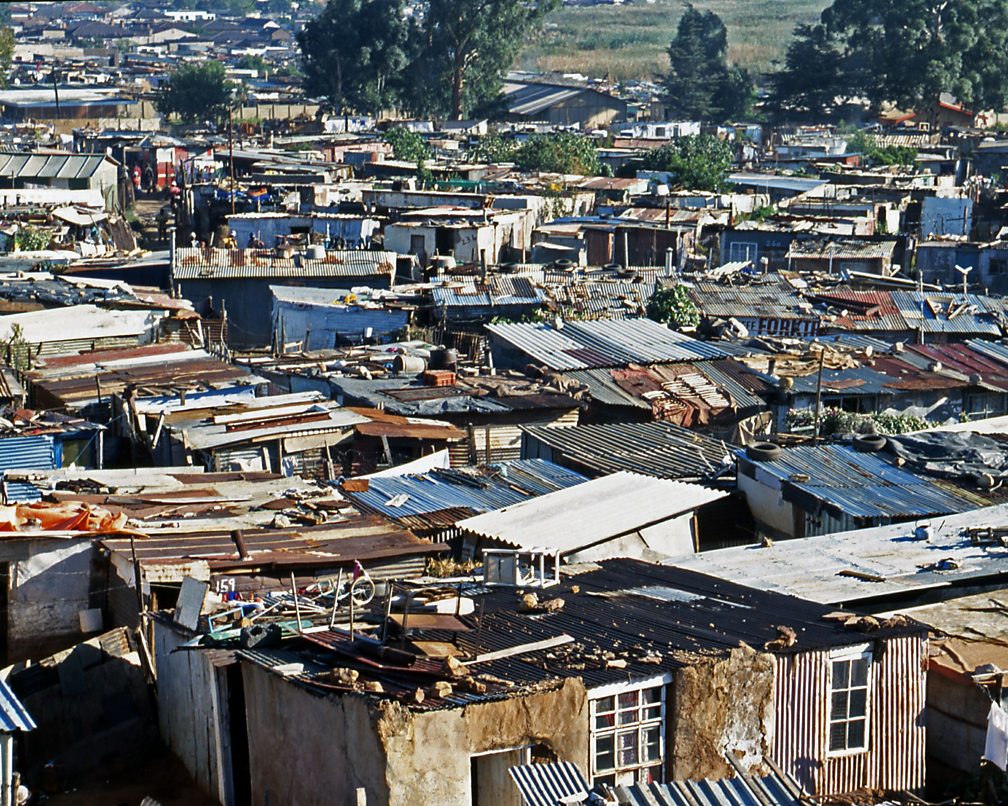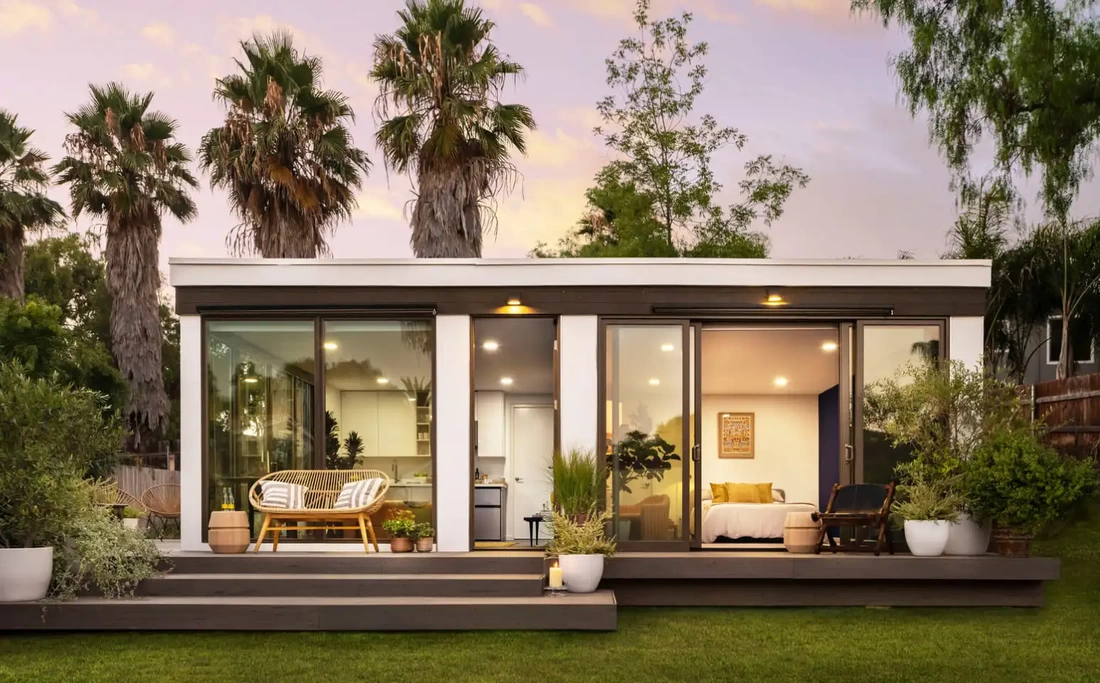|
Most emerging countries have versions of what is called a "Shanty town" or Ghetto. This is usually those living in poverty that does not have a proper home. We all know this creates a vicious cycle of abuse, crime and more poverty. We also know that in some locations that are in some ways affluent, the ability to build homes are limited which causes prices to skyrocket way more than they should. What if there is a way to build high quality homes while keeping the cost in check. Many of these poor people will not want a home that is considered "poor people house", They want to feel as a part of the main stream. There has been several initiatives to solve this problem including the $300 House initiative. They took the approach of building houses which involves the occupants doing most of the work and using a variety of local materials. Here comes 3D Printing This technology has been around for some time and has continued to mature as a main stream manufacturing technique. Now this is also being applied to housing. There are several companies that have actually developed working solutions as well. The main ones are Mighty Buildings and Icon Build. They have built real houses and continue to refine their processes to make this more affordable. What problem does a good home need to solve? 1. Comfort 2. Safety 3. Health 4. Self-esteem If these are covered per local situation, then it will be accepted over time. Some of the advantages with 3D printing are to reduce waste on building sites, leveraging new materials that could be more cost effective and a host of others.
Who will pay for this? The main reasons you have these "Shanty Towns" is that most of the occupants cannot afford to build or buy a regular home. On the flip side, developing economies have less resources to provide a home for every citizen or family. It's great to talk about new technologies but we also need to solve the problem of business models. How to make it good business? The first step is to get the cost down significantly without compromise on quality. Kind of like how the advent of cloud technologies significantly reduce the cost to use compute resources and provide many 'Software as a Service' solutions extremely cheap. Each location has its own local needs such as earthquakes, hurricanes, break ins etc. The second step is then to figure out payment structures. This could be done by the owners themselves or even the government providing some support. At least government may have lands they could provide to citizens. An example structure would be helping the future owner to gain an in demand skill which gets him/her employment to pay for the home. What are the next steps? Ultimately, at this stage it's all about education on what is possible. Get emerging countries governments to at least explore the relevant innovations and encourage adaption for local use - evangelizing and Incentivizing innovation. One has to take a long run perspective on these issues as that could actually justify the economics of making the appropriate investments. It may help to reduce crime, increase the supply of skill labor and improve quality of life for all. What you do think of this? Share your perspective.
2 Comments
|


 RSS Feed
RSS Feed